I still fight with my camera settings quite often. Especially during cloudy weather. I just can't figure out how to take better pictures. They mostly come out like this:

How I took it:
- camera: Canon 400D
- objective: Sigma 28-300mm (1:3.5 - 6.3)
- ISO: 200
- shutter: 1/400 sec
- F16 (automatically choosen as I put my camera on TV)
- focal length: 200 mm
Does anyone have a good tip for me how to setup my shuttertime, exposure, etc.?? Perhaps you can show not-Photoshopped photos below together with EXIF data?
Many thanks!!
Ries






